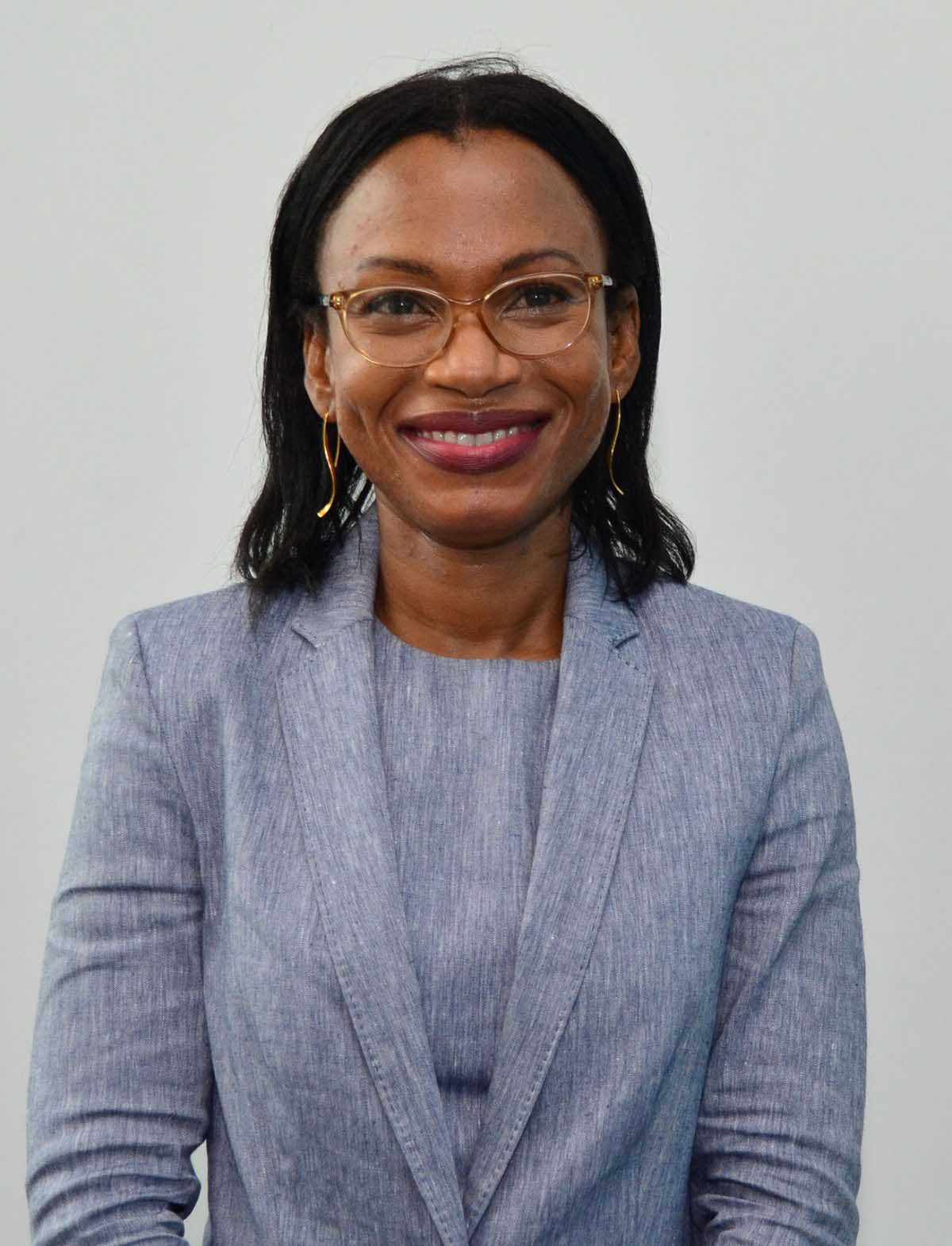With Guyana now ‘soaking up’ its global popularity as a favoured destination for business and – to a lesser extent – as a holiday destination, Tourism Minister Oneidge Walrond had unsurprisingly announced late in June that visitor appetite for the country is expected to increase for the rest of 2024. Contextually, the Minister is urging stakeholders to contribute to the creation of a convivial environment that can further enhance visitor appetite for the country.
While there is manifest evidence that an expansive urban infrastructural overhaul that includes roadways, hotels and places of entertainment are now visibly underway, making Guyana ready for sustained streams of visitor arrivals is still some distance away given the ground that still has to be covered in basic areas including adequate and suitable accommodation and places of entertainment. While even now a succession of enticing business and investment fora are staged in the capital with monotonous regularity, a suitably tasteful environment that can hold visitor attention beyond the substantive purpose of their visit remains palpably underdeveloped.
In a presentation delivered during what was officially described as an “engagement session” with representatives of hotels, lodges, resorts, restaurants, bars, and tour operators, the Minister had reportedly told her audience that indicators were showing that visitor arrivals were likely to remain high for the rest of the year. While the now completed 2024 Cricket World Cup seemingly did not yield the anticipated level of visitor arrivals, international conferences – for which Guyana has now become a favoured ‘drawing card’ may yet vindicate the Minister’s projection.
The Arthur Chung Convention Centre forum reportedly attracted representatives of Hotels, Lodges, Resorts, Restaurants, Bars, and Tour Operators. While the rolling out of physical infrastructure, notably is proceeding and the establishment of hotels and places of entertainment are, visibly, works in progress, the knock-on effect has included interludes of unbearable traffic congestion, seemingly a manifestation of an anxiety to hasten the makeover process.
One of the themes of the Tourism Minister’s public presentations has centered on the desirability of what the DPI report described as improving “the visitor experience through better customer service, year-round tourism strategies, facility improvements, and marketing efforts.” As the opportunity for the country to secure enhanced material benefit from an enhanced tourism industry the Minister also reportedly addressed what the DPI report alluded to as “the critical role of each business in prioritizing professionalism and hospitality” as an integral aspect of their operations.
Arising out of the engagement, the DPI report said that “a decision was taken to have quarterly meetings with tourism stakeholders to foster greater transparency and collaborative efforts to propel the industry forward.” The increasing assertiveness with which the Ministry of Tourism continues to ‘push’ the country’s tourism points to the view that even with much of the desired infrastructure not yet in place, its tourism product has, even now, possessed the capacity to offer a pleasing tourism product.








